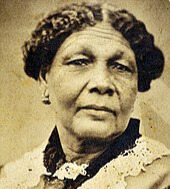
When you arrive at QCPS in Reception, every pupil is allocated to one of six houses: Austen, Dod, Franklin, Parks, Pankhurst and Seacole. The house system allows pupils to work with their peers and staff, in order to develop new and stronger relationships across the year groups. Pupils are awarded house points throughout the year which contribute to the end-of-year cup.
Find out more about the influential women our houses are named after below:
Rosalind Franklin (1920-1958) was a British chemist and X-ray crystallographer whose work was central to the understanding of the molecular structures of DNA, RNA, viruses, coal, and graphite.
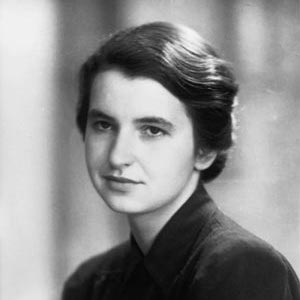
Lottie Dod (1871-1960) won Wimbledon five times and remains the youngest ever Wimbledon ladies’ singles champion. She also won a silver medal at the 1908 Summer Olympics in archery and competed at a national level in several other sports including hockey and golf. She was also a pioneer of the campaign for women to be allowed to dress more appropriately for sport.
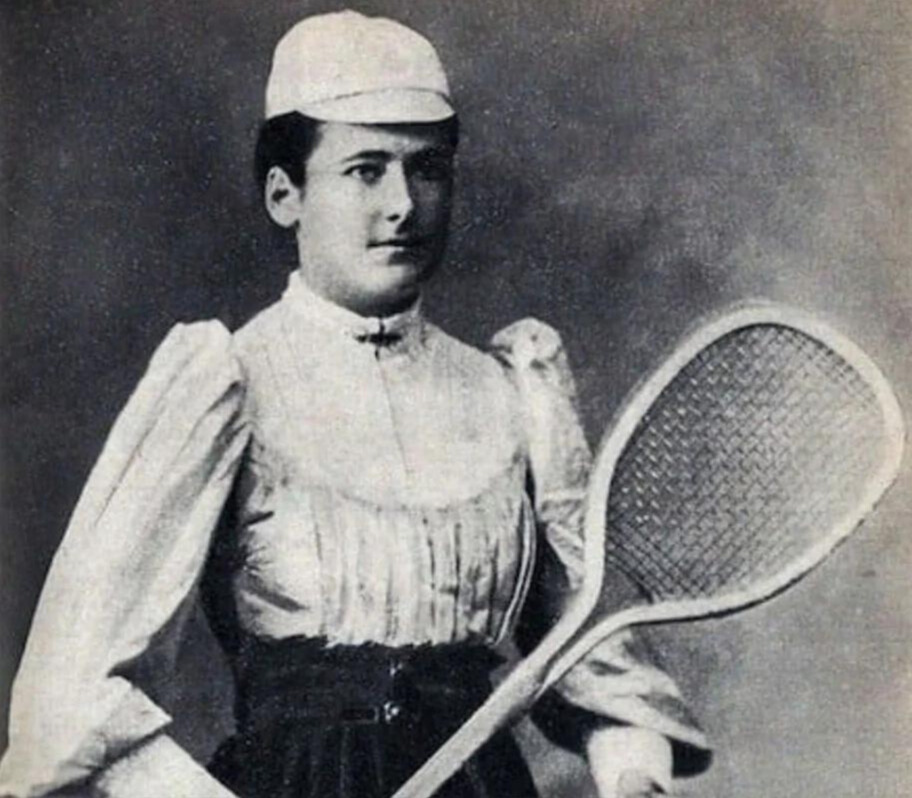
Jane Austen (1775-1817) was an English novelist who wrote six major novels. She is now widely considered one of the greatest authors of all time. Austen’s plots often explore the dependence of women on marriage in the pursuit of favourable social standing and economic security. Her use of biting irony, along with her realism and social commentary, has earned her acclaim among critics and scholars.
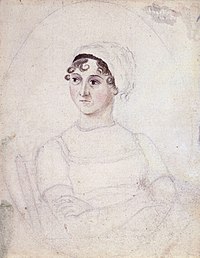
Rosa Parks (1913 –2005) was an American activist in the civil rights movement. By refusing to give up her seat on a bus to a white person in 1955, she started the Montgomery bus boycott, which lasted over a year and led to a change in the law so that black and white people could sit together. This was a turning point in the battle for racial equality in the United States.
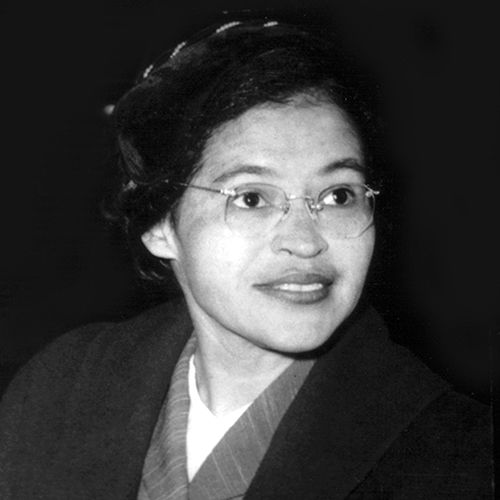
Emmeline Pankhurst (1858-1928) was a British political activist who founded the Women’s Social and Political Union, along with her two daughters. She is best remembered for organising and leading the suffragette movement, which campaigned for women in the UK to have the right to vote.
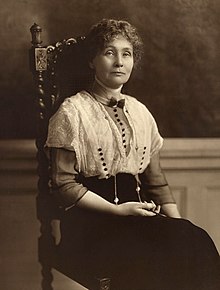
Mary Seacole (1805-1881) was a British-Jamaican nurse, business-woman and heroine of the Crimean War. When she initially applied to join the government-funded efforts to help nurse British troops in the Crimean War, she was turned down. Mary then funded her travel to Crimea herself and built a hotel there. She used her medical knowledge to look after the wounded from the battlefield.
